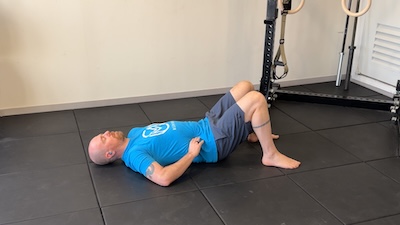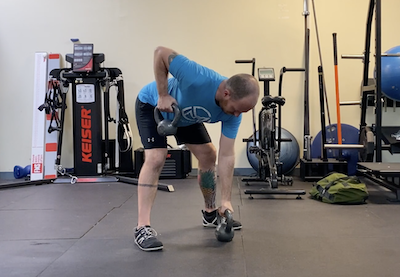Supine Angel
Equipment Needed:
- Open floor or yoga mat
Instructions for the supine angel:
- Lie on your back and bend your knees so your feet are flat
- Tilt your pelvis back so your low back is flat on the floor
- Tuck your shoulder blades back
- Put your arms down at your sides and place your forearms flat on the floor
- Take a belly breath, brace your core, and start to slide your arms along the floor as if making a snow angel
- Move your arms as far overhead as you can without them or your low back coming off of the floor.
- Pause at the top and return to the starting position
Common Errors:
- Make sure to keep your arms and spine flat against the floor through the entire movement
angel Progressions / Regressions:
If this is too challenging:
- Only elevate your arms as far as you can
If you want more of a challenge:
- Try this while seated with your back against a wall



